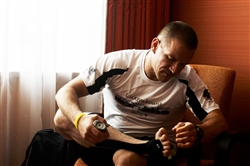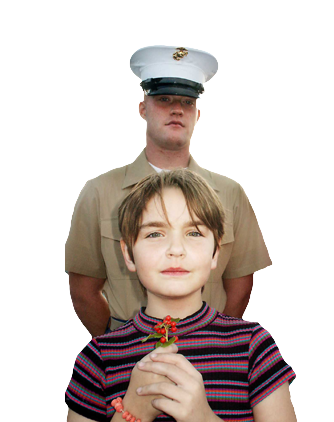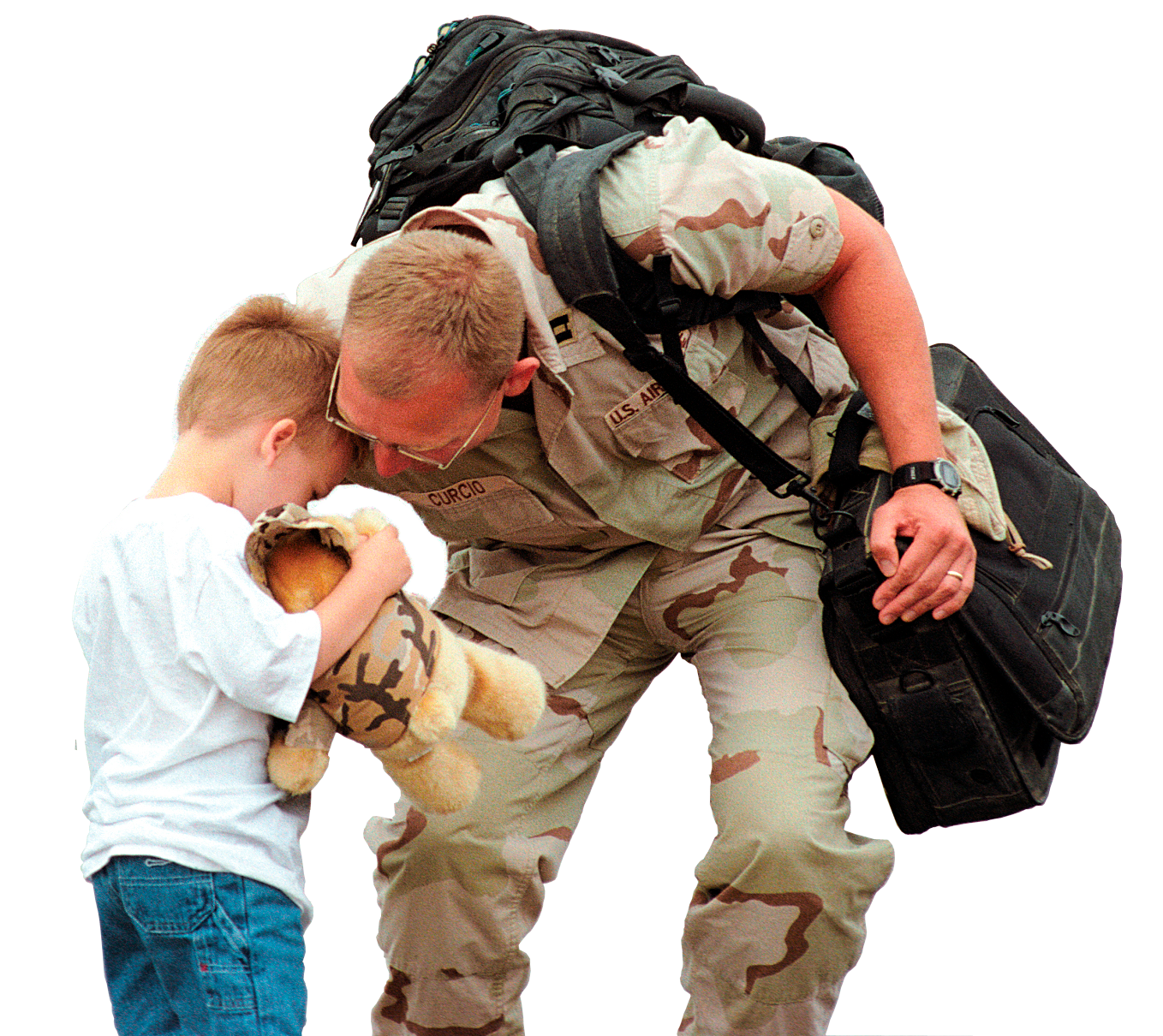 PHOTO: Air Force Master Sgt. Donald Stichter prepares his feet prior to the start of the ING Luxembourg Night Marathon, May 31, 2014. U.S. Air Force photo by Senior Airman Rusty FrankSPANGDAHLEM AIR BASE, Germany– Some people hope that when they compete in a marathon they can finish it in one piece. Stichter trained for more than five months to get ready for the race. "I would like to finish it, potentially without stopping," said Air Force Master Sgt. Donald Stichter, 52nd Equipment Maintenance Squadron noncommissioned officer in charge of munitions inspection. "Even if I stop, I will be happy just to finish it alive." Starting at sunset May 31, more than 9,000 people ran in the ING Luxembourg Night Marathon. Before that race, Stichter said, he never had a desire to run in a marathon. However, after his commander heard the Lakewood, Colorado, native had completed a Tough Mudder -- a 10-to-12-mile series of obstacle courses -- he asked Stichter why he’d never attempted a 26.2-mile marathon. Thinking that he was going to be smarter than his commander, Stichter said, he made him an offer: if he completed a full marathon, his commander would have to do a Tough Mudder.
PHOTO: Air Force Master Sgt. Donald Stichter prepares his feet prior to the start of the ING Luxembourg Night Marathon, May 31, 2014. U.S. Air Force photo by Senior Airman Rusty FrankSPANGDAHLEM AIR BASE, Germany– Some people hope that when they compete in a marathon they can finish it in one piece. Stichter trained for more than five months to get ready for the race. "I would like to finish it, potentially without stopping," said Air Force Master Sgt. Donald Stichter, 52nd Equipment Maintenance Squadron noncommissioned officer in charge of munitions inspection. "Even if I stop, I will be happy just to finish it alive." Starting at sunset May 31, more than 9,000 people ran in the ING Luxembourg Night Marathon. Before that race, Stichter said, he never had a desire to run in a marathon. However, after his commander heard the Lakewood, Colorado, native had completed a Tough Mudder -- a 10-to-12-mile series of obstacle courses -- he asked Stichter why he’d never attempted a 26.2-mile marathon. Thinking that he was going to be smarter than his commander, Stichter said, he made him an offer: if he completed a full marathon, his commander would have to do a Tough Mudder.
Fully expecting his commander would decline, he added, he was surprised when his boss called his bluff. After the deal was sealed, the training commenced. Stichter relied on the four pillars of the Comprehensive Airman Fitness concept to help train for the marathon. For the social part, Stichter ventured outside family zones by going on group runs with people he wouldn't normally meet. "I think the social aspect of going out and running with guys and girls who are training with me for the marathon has been a lot of fun -- a little bit of bonding," he said. With the physical pillar, Stichter noticed he could work out longer with an even higher intensity. He also noticed that the mental and physical pillars tied together.
"My cardiovascular abilities have gone through the roof," he said. "I've been able to see how I can push my body past points that I've never thought I would be able to when I started. A lot of long-distance running is mental and being able to push through those hurdles. Yes, your legs hurt, yes, your body hurts, but [it’s a matter of] pushing through that pain and saying, 'Yes, I can go another mile.’" As someone who attends church regularly, Stichter said, he used the spiritual pillar to help him with every aspect of his training. With preparing for the race, Stichter said, he overcame a lot of adversity. First, he was out for two weeks with a nasty cough. Then he injured both of his Achilles tendons and lost another week. Right before the marathon, he aggravated an old foot injury. One would think that with all the training required to finish a marathon, his wife and children would be making a sacrifice of time with him. But that's not how it worked with his family. "He got up extra early in the morning to do his runs, or he would do them at work so that the kids still got their time with dad and I still got to see him the normal amount of time," said DeeAnn Stichter, his wife. "He sacrificed a lot of his time, a lot of sleep, so that he could do the long runs and still be able to see us."
After four months of preparation, Stichter crossed the finish line in less than 4 and a half hours. Moments after the race's completion, Stichter's squadron commander commented on how the senior NCO's dedication to a training program served as a model for the rest of his squadron. "I was extremely proud to see him cross the finish line and actually have the gumption to go forward and commit to training," Air Force Maj. Bryan Wong said. "He is in a perfect position on my leadership team to portray a positive image, both professionally and physically. He plays a significant part as a role model, since he commits himself to expanding his horizons, establishing personal goals and pushing for perfection. He not only challenged himself. He challenged his squadron teammates." With the race behind him, Stichter said, he learned some helpful things that he could use as a mentoring tool to help out younger airmen who could be struggling with physical fitness. "I think you can tell people who are starting to struggle even with the little things, ‘Don't just go out and start running 14 miles every day,’" he said. "Train your body to overcome those mental obstacles. [Find] friends and co-workers not only to be able to run with you, work out with you, but to be able to push you could be a positive influence for you when are hitting those obstacles.’"
Written July 10, 2014 By: Air Force Senior Airman Rusty Frank 52nd Fighter Wing Republished and redistributed by permission of DoD.






